Some films by famous filmmakers land quietly, even when the names behind them could fill theaters on reputation alone. These movies often sit just outside the usual conversations around their directors, yet they showcase techniques, themes, and choices that reveal a lot about how those artists work. They carry strong casts, distinctive visuals, and careful craftsmanship, and they reward a closer look with details that stand up to rewatching.
This list gathers twenty such titles, all made by directors whose names most people recognize. You will find early efforts that laid groundwork for later careers, passion projects that took creative swings, and studio releases that slipped between bigger hits. Each one adds another piece to the larger story of its director, and each one offers a well made experience that is easy to recommend on the strength of what is on the screen.
‘The Sugarland Express’ (1974)
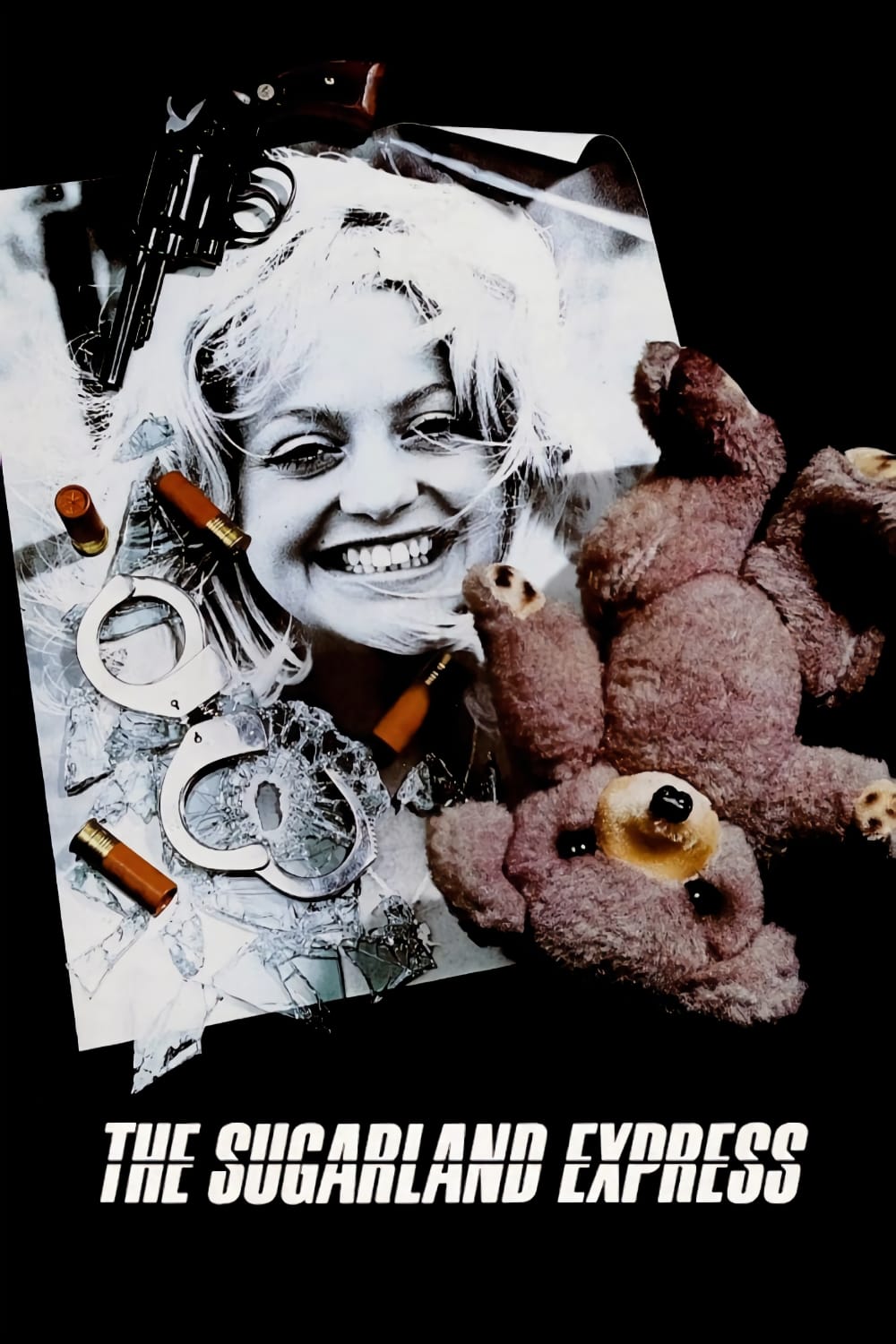 Universal Pictures
Universal PicturesSteven Spielberg’s first theatrical feature follows a young Texas couple who attempt to reclaim their child, triggering a long police pursuit across the state. The film uses real locations, practical driving sequences, and radio chatter to show how the chase grows into a rolling spectacle that attracts crowds along the highway.
The production worked with state and local law enforcement for staging and logistics, and it cast real news crews and extras to build out the roadside scenes. The score by John Williams began a partnership that continued for decades, and the film won Best Screenplay at Cannes, marking an early international spotlight for Spielberg.
‘After Hours’ (1985)
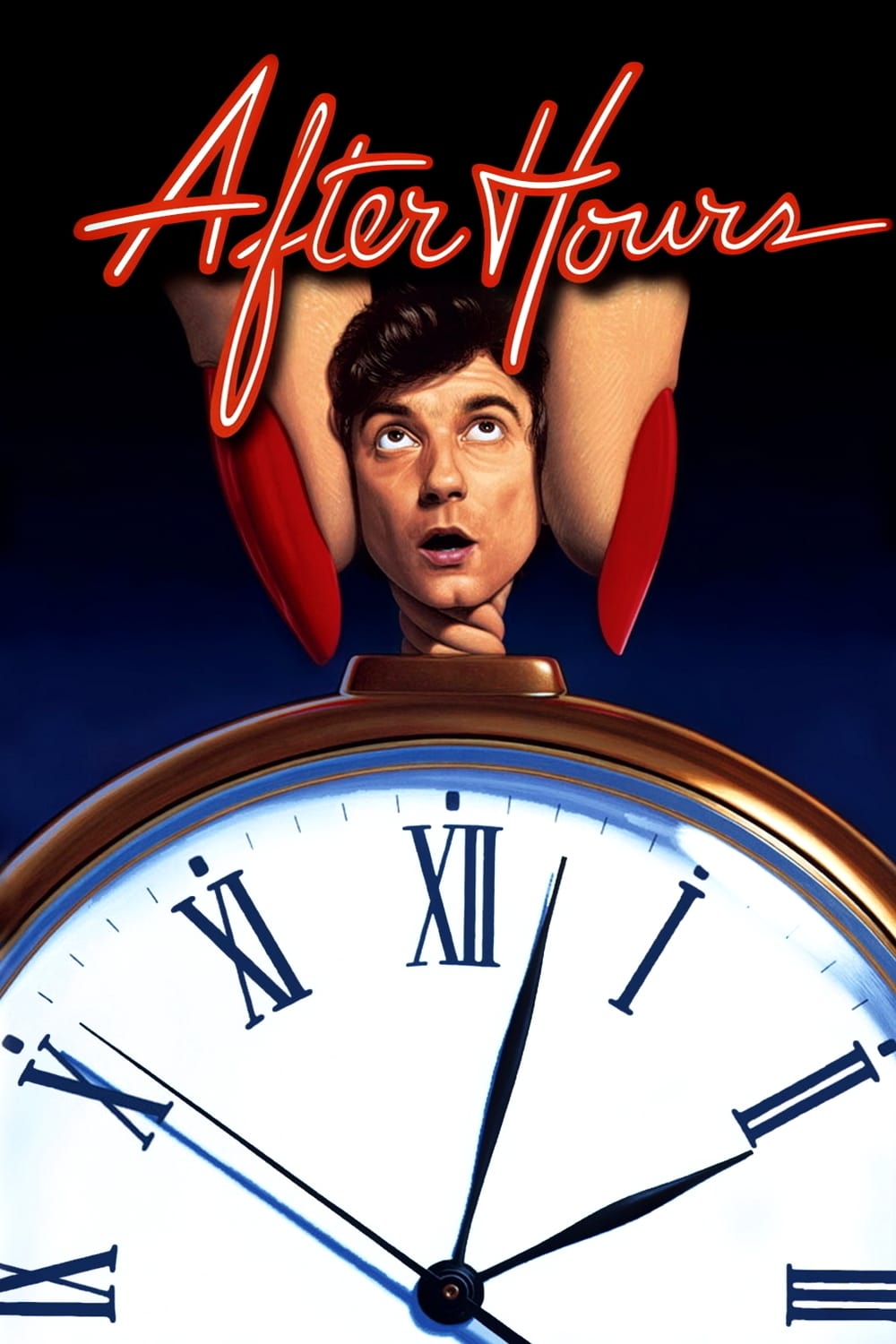 Double Play
Double PlayMartin Scorsese sets a single night in downtown New York as a word processor tries to get home while crossing paths with artists, bartenders, and patrols. The camera glides through narrow streets and lofts, and the story unfolds through miscommunications and small coincidences that keep the character moving from one place to another.
The movie shot on location in SoHo during a period of late night energy in the neighborhood, using practical lighting and modest sets to keep the pace quick. It premiered at Cannes where Scorsese won Best Director, and the schedule and budget allowed him to experiment with timing, sound cues, and handheld work between larger projects.
‘The Hudsucker Proxy’ (1994)
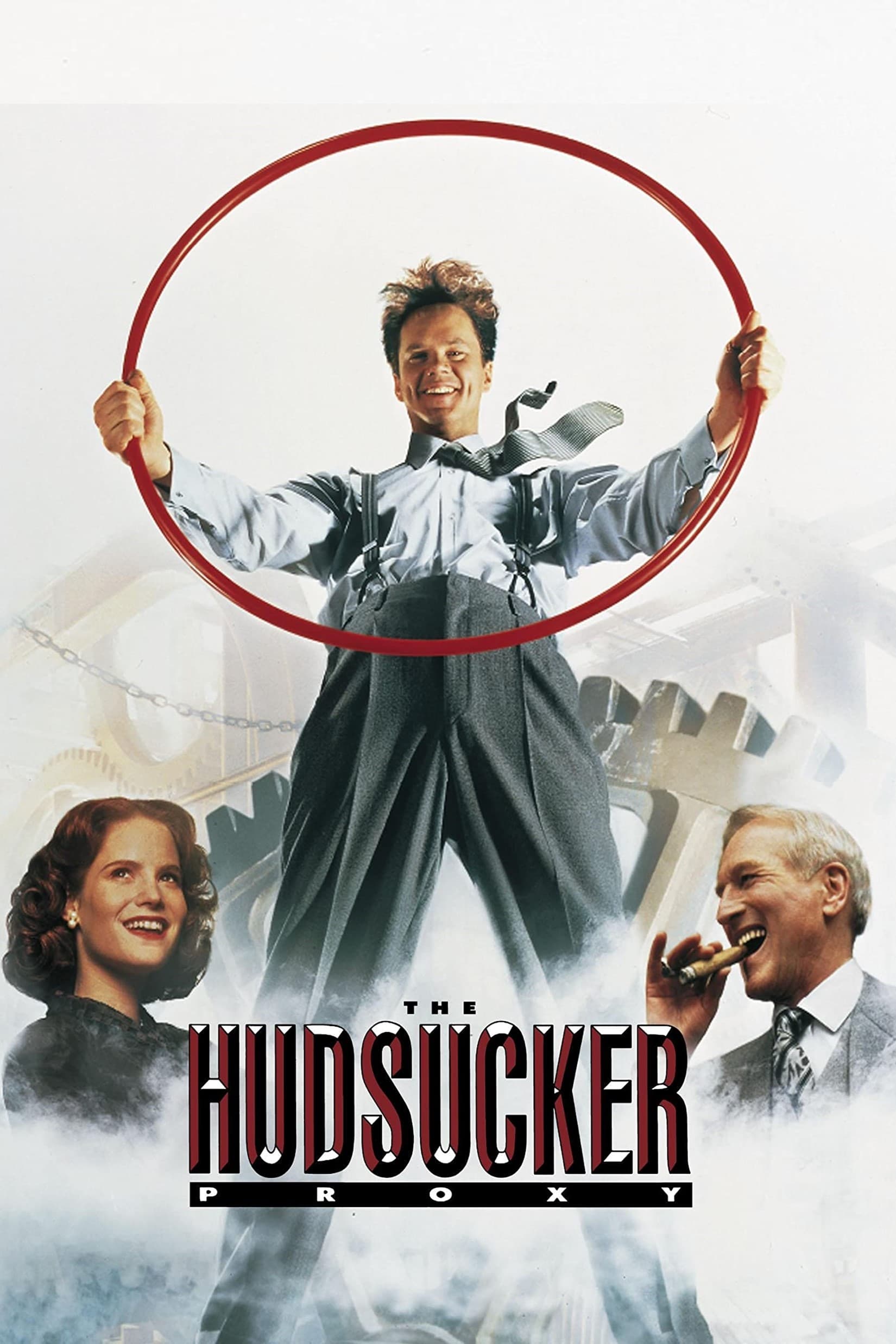 Warner Bros. Pictures
Warner Bros. PicturesJoel and Ethan Coen tell the story of a mailroom clerk installed as a corporate president during a stock scheme, set in a stylized mid century Manhattan. The sets feature towering lobbies, glass boardrooms, and clock motifs, while the dialogue uses crisp period phrasing to match the visual design.
The production built large scale interiors at Carolco and Wilmington stages, combining miniatures, matte work, and practical effects for skylines and elevators. Carter Burwell’s score leans on repeating themes, and the film marked a collaboration with cinematographer Roger Deakins that sharpened the symmetrical framing and light control seen in later Coen projects.
‘One from the Heart’ (1982)
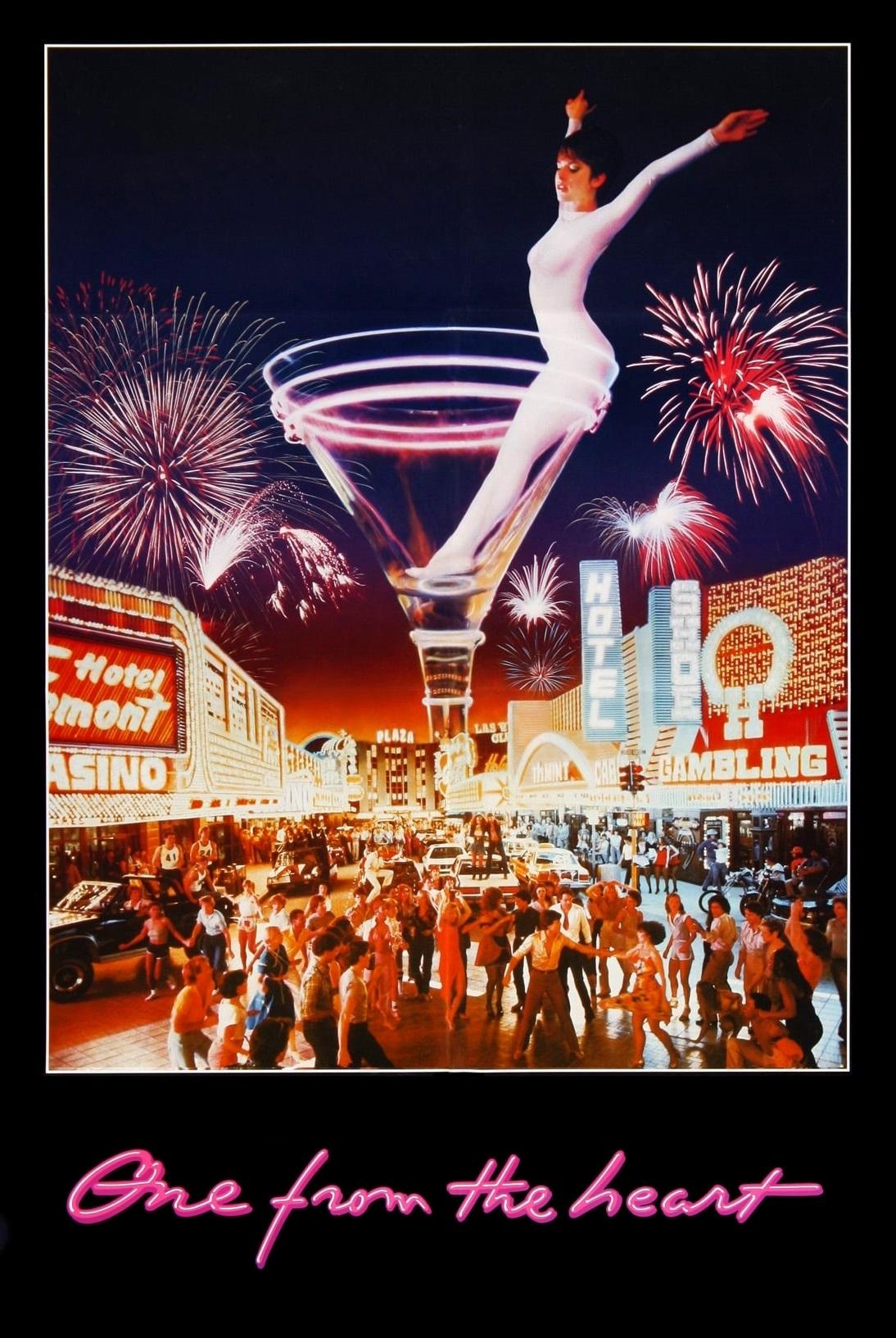 American Zoetrope
American ZoetropeFrancis Ford Coppola stages a romantic breakup and reunion across a neon Las Vegas that was recreated entirely on soundstages. The movie uses rear projection, painted backdrops, and choreographed lighting changes to shift from one mood to another, and it syncs movements to music in extended sequences.
The production ran at Zoetrope Studios with a focus on electronic editing and video assist, tools Coppola pushed to modernize filmmaking workflows. Tom Waits and Crystal Gayle provide a full song cycle that matches the story beats, and the movie’s cost and controlled staging became a case study in studio scale experimentation.
‘Sorcerer’ (1977)
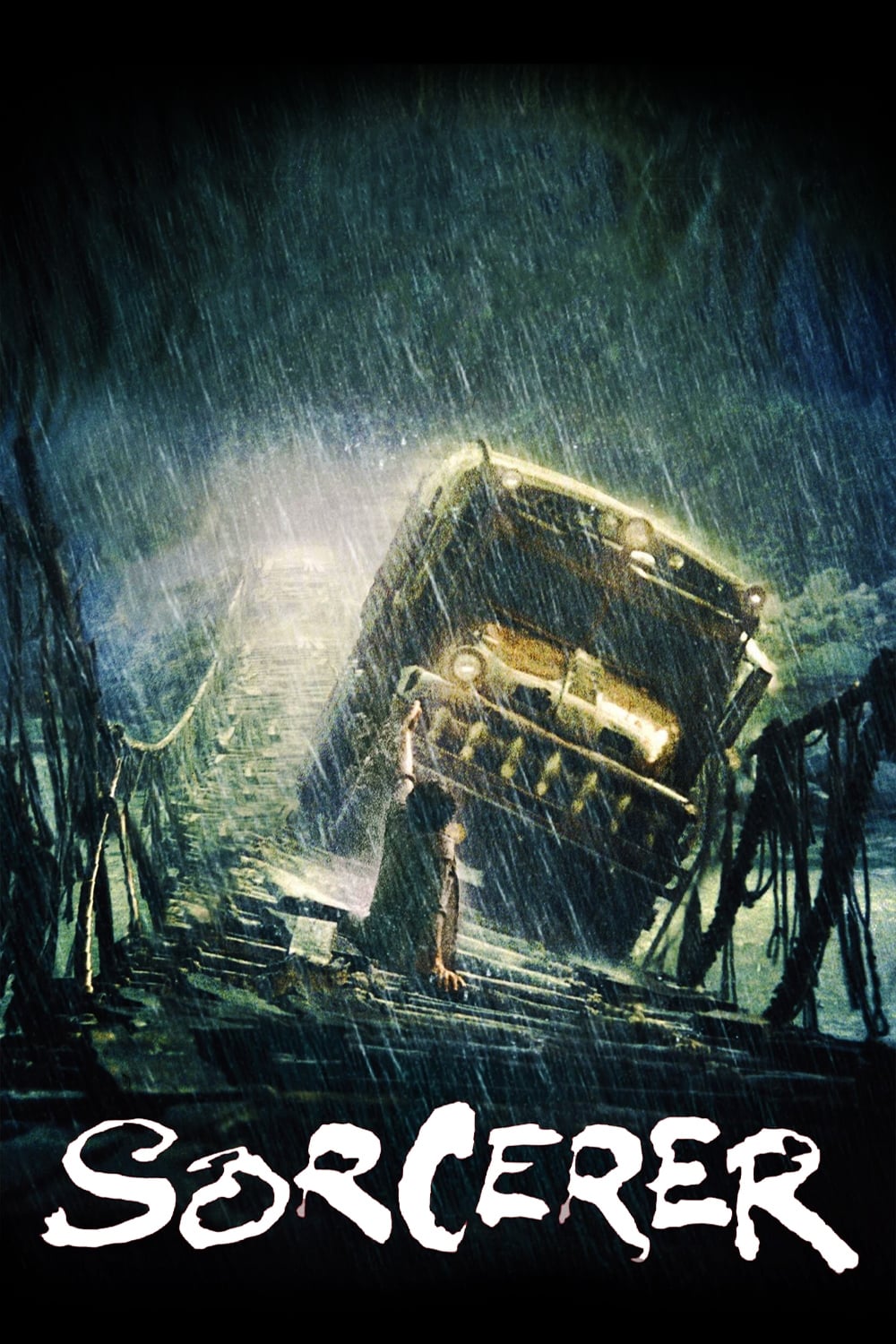 Paramount Pictures
Paramount PicturesWilliam Friedkin adapts the story of four men hired to haul unstable dynamite across rain forests and mountains, where one bump could set off an explosion. The film details road building, bridge rigging, and truck maintenance, showing each step as the convoy crawls through storms and mud.
The crew built a working suspension bridge over a river and moved large trucks through real currents for the sequence that anchors the second half. Shooting took place in multiple countries to capture different terrains, and the sound design layers engine noise and environmental effects to raise tension without relying on dialogue.
‘Bring Me the Head of Alfredo Garcia’ (1974)
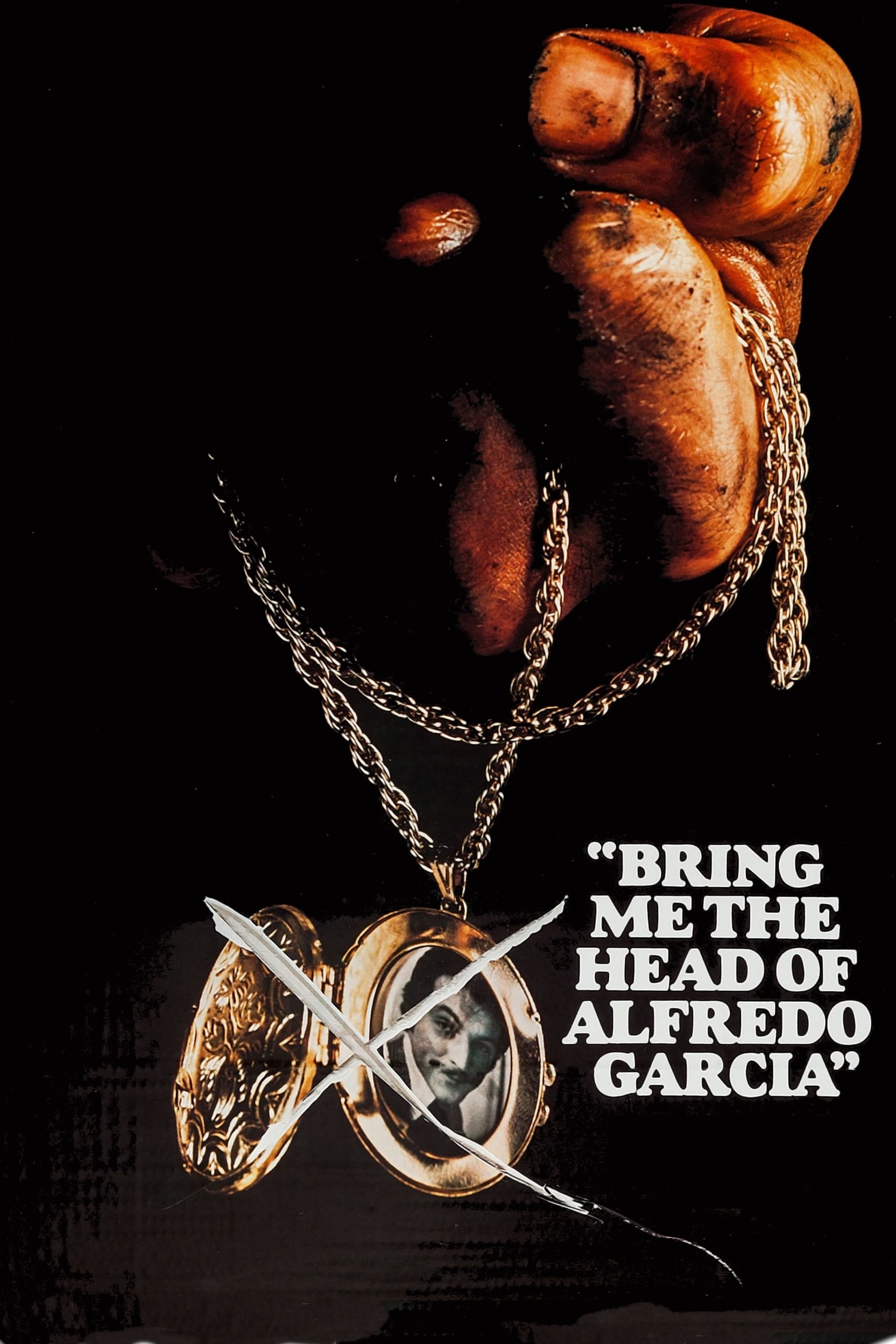 Optimus Films
Optimus FilmsSam Peckinpah centers the plot on a bar musician who takes a job to deliver the head of a wanted man, then drives across Mexico with the target already dead. The structure tracks the planning, the retrieval, and the difficult journey back, showing stops at motels, bars, and checkpoints that add hazards along the route.
Peckinpah shot on location with a small crew and limited permits, which shaped the loose blocking and frequent use of natural light. The film features recurring collaborators, including Warren Oates and cinematographer Alex Phillips Jr, and it uses slow motion sparingly while relying more on handheld framing than the director’s larger westerns.
‘Night Moves’ (1975)
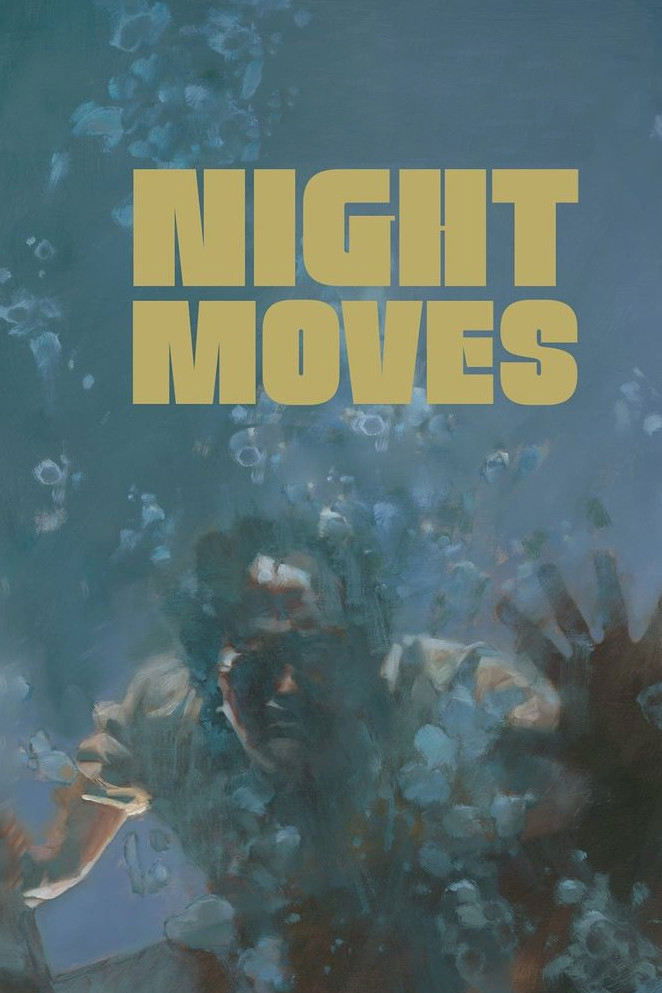 Warner Bros. Pictures
Warner Bros. PicturesArthur Penn follows a Los Angeles private investigator hired for a missing person case that leads to Florida waters and a salvage operation. The story uses phone logs, stakeouts, and flight records to track how each clue connects to a quiet smuggling ring, and the final setting on a boat brings the threads together.
The production filmed on coasts and in marinas with real vessels, which allowed wide shots of navigation and docking without heavy effects. Dialogue includes sports and film references that place the character in a specific time, and the editing holds on reactions to let new information land before the plot advances.
‘The Game’ (1997)
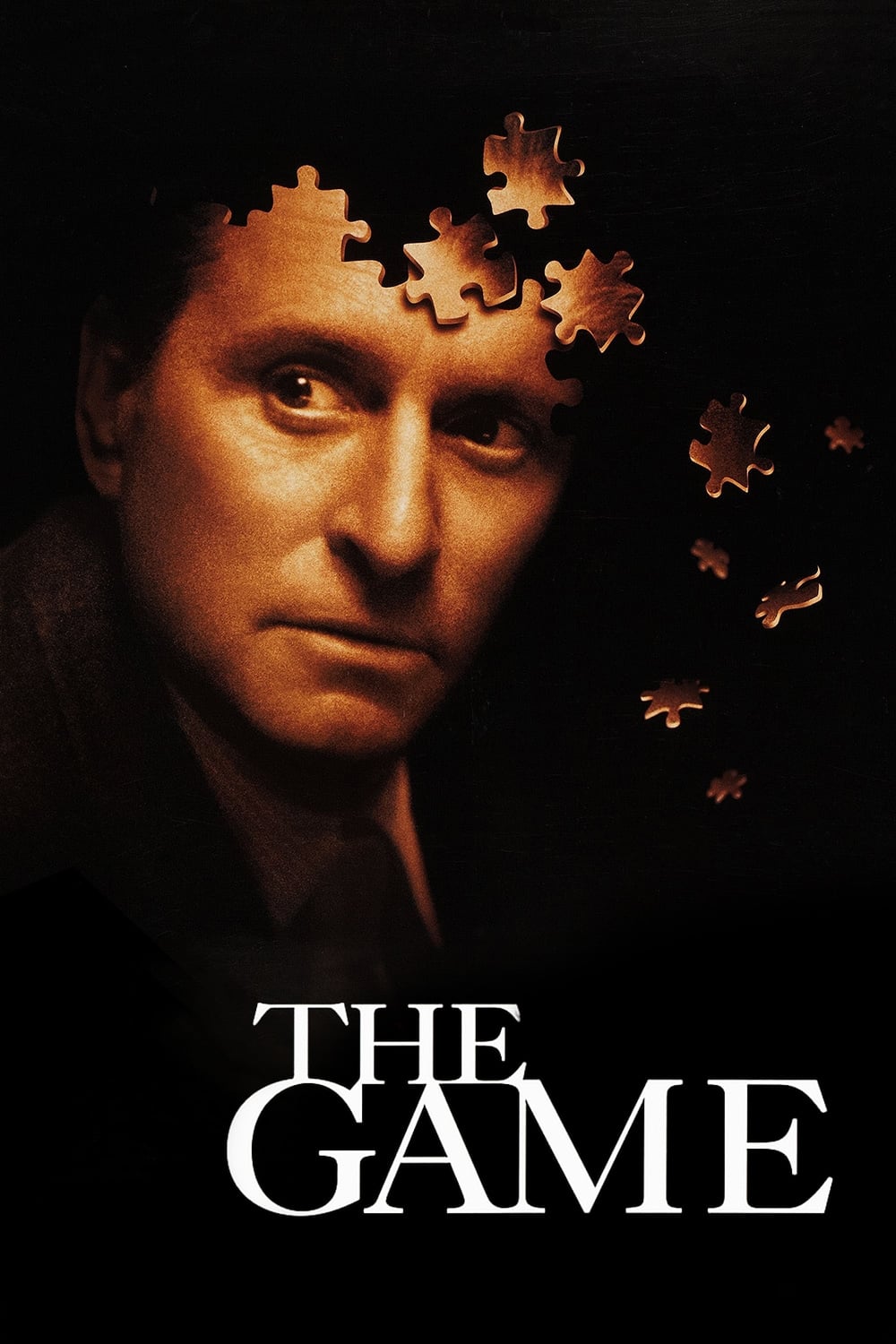 PolyGram Filmed Entertainment
PolyGram Filmed EntertainmentDavid Fincher focuses on a wealthy banker who receives a mysterious birthday gift that appears to be an immersive service affecting his daily life. The film presents phone trees, financial records, security footage, and practical set pieces as the service escalates, creating a pattern where each day adds a new disruption.
The crew shot across San Francisco landmarks, often at night, with controlled lighting and long lenses to compress space around the character. The production designed multiple breakaway sets and coordinated timed gags with stunt teams, and the score uses restrained motifs to sit under the sound of city interiors and machinery.
‘Thief’ (1981)
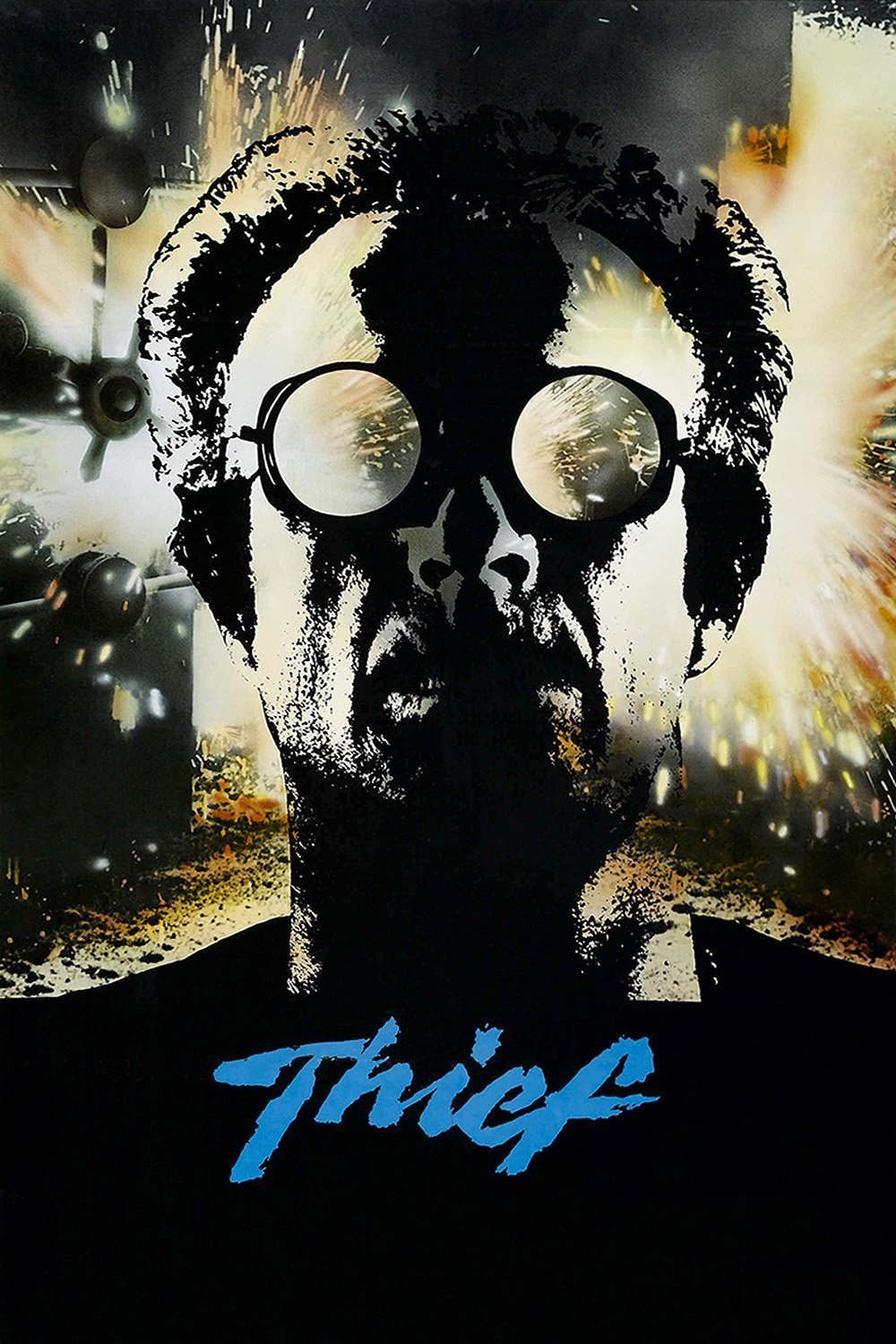 Mann/Caan Productions
Mann/Caan ProductionsMichael Mann opens with a detailed safecracking sequence built around real tools, including a thermal lance and specialized drills. The plot follows a professional thief who tries to formalize his life while taking on a larger job, and it shows the steps needed to source gear, scout targets, and move stolen goods.
The film shot in Chicago locations after midnight to capture empty streets and wet surfaces, and it used former professionals as advisers to stage the technical work. The soundtrack by Tangerine Dream gives the night scenes a steady pulse, and the camera often stays tight on hands and faces to highlight procedure over spectacle.
‘A Simple Plan’ (1998)
 Paramount Pictures
Paramount PicturesSam Raimi tells the story of three acquaintances who find a bag of cash in a crashed plane and try to hold it without attracting attention. The script tracks each lie, each attempt to hide evidence, and each unintended consequence, and it uses the winter setting to show how footprints and tire marks complicate secrecy.
The production filmed in cold conditions to capture visible breath and heavy clothing, which shaped blocking and performances. The movie keeps the camera near kitchens, living rooms, and small town offices, and it builds tension with practical props like notebooks, receipts, and answering machines that create paper trails.
‘The Straight Story’ (1999)
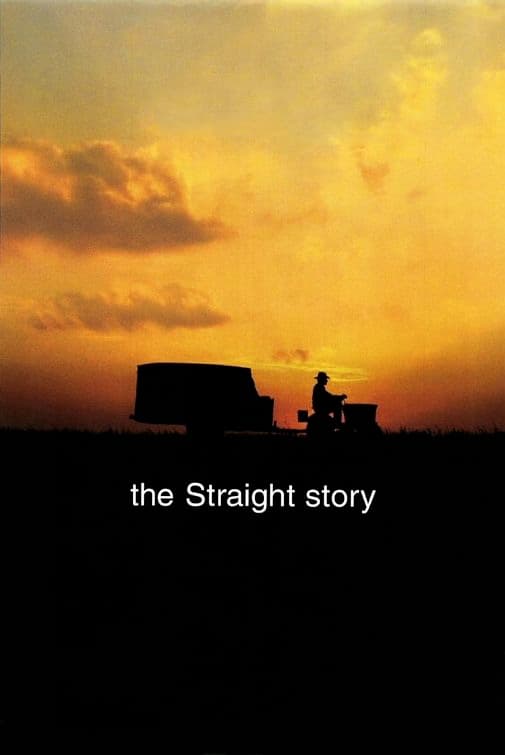 Les Films Alain Sarde
Les Films Alain SardeDavid Lynch presents the true account of Alvin Straight, who drove a riding lawnmower across state lines to visit his brother. The movie shows the route in measured scenes, focusing on distances, repairs, and brief roadside encounters that provide food, shelter, and maps.
The production worked with rural communities along the path to capture harvest seasons and small town rhythms. The score by Angelo Badalamenti uses simple themes, and the film keeps its framing wide to give the landscape space, standing apart from the director’s other features through its quiet tone and linear structure.
‘Kundun’ (1997)
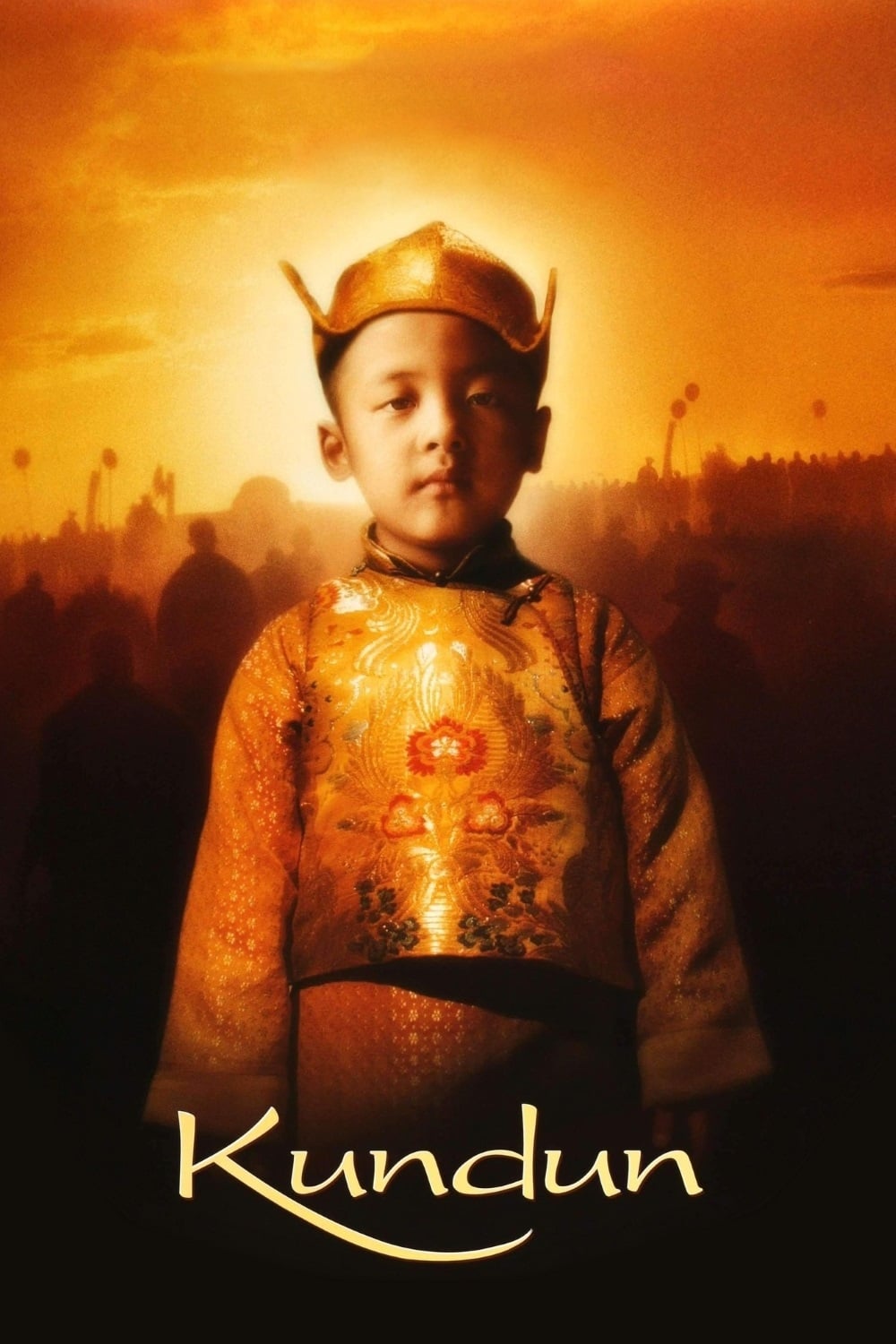 Touchstone Pictures
Touchstone PicturesMartin Scorsese chronicles the early life of the 14th Dalai Lama, from recognition through political pressures and eventual flight. The film presents rituals, study, and audience meetings in detail, and it recreates palaces and monasteries with attention to textiles, murals, and ceremonial objects.
The production consulted with Tibetan advisors and used Moroccan locations for large scale exteriors. Philip Glass composed a repeating score that aligns with the film’s chapter structure, and the costumes and set pieces were built with traditional methods to give the interiors a handmade look that reads clearly on camera.
‘Following’ (1998)
 Next Wave Films
Next Wave FilmsChristopher Nolan’s micro budget debut follows a young man who begins trailing strangers in London and meets a burglar who teaches him how to break into flats. The story uses a non linear structure with haircuts and wardrobe as time markers, and it plants props that circle back as the plot folds in on itself.
The movie was shot on weekends with short ends of black and white film stock, and it rehearsed scenes extensively to minimize takes. Locations were friends’ homes and public spaces, and the sound mix keeps ambient city noise present, signaling how the city itself becomes part of the characters’ routines.
‘The Frighteners’ (1996)
 Universal Pictures
Universal PicturesPeter Jackson blends ghost effects with a small town mystery as a con man who communicates with spirits notices a pattern in sudden deaths. The film pairs practical sets with early digital effects to stage apparitions passing through walls and floors, and it treats the investigation like a step by step case.
The production used Weta Digital for hundreds of visual effects shots, which helped the studio expand its pipeline for later projects. The New Zealand shoot doubled for the American setting with careful prop dressing, and the camera often moves on tracks through layered sets to let effects and actors interact in the same frame.
‘Red Beard’ (1965)
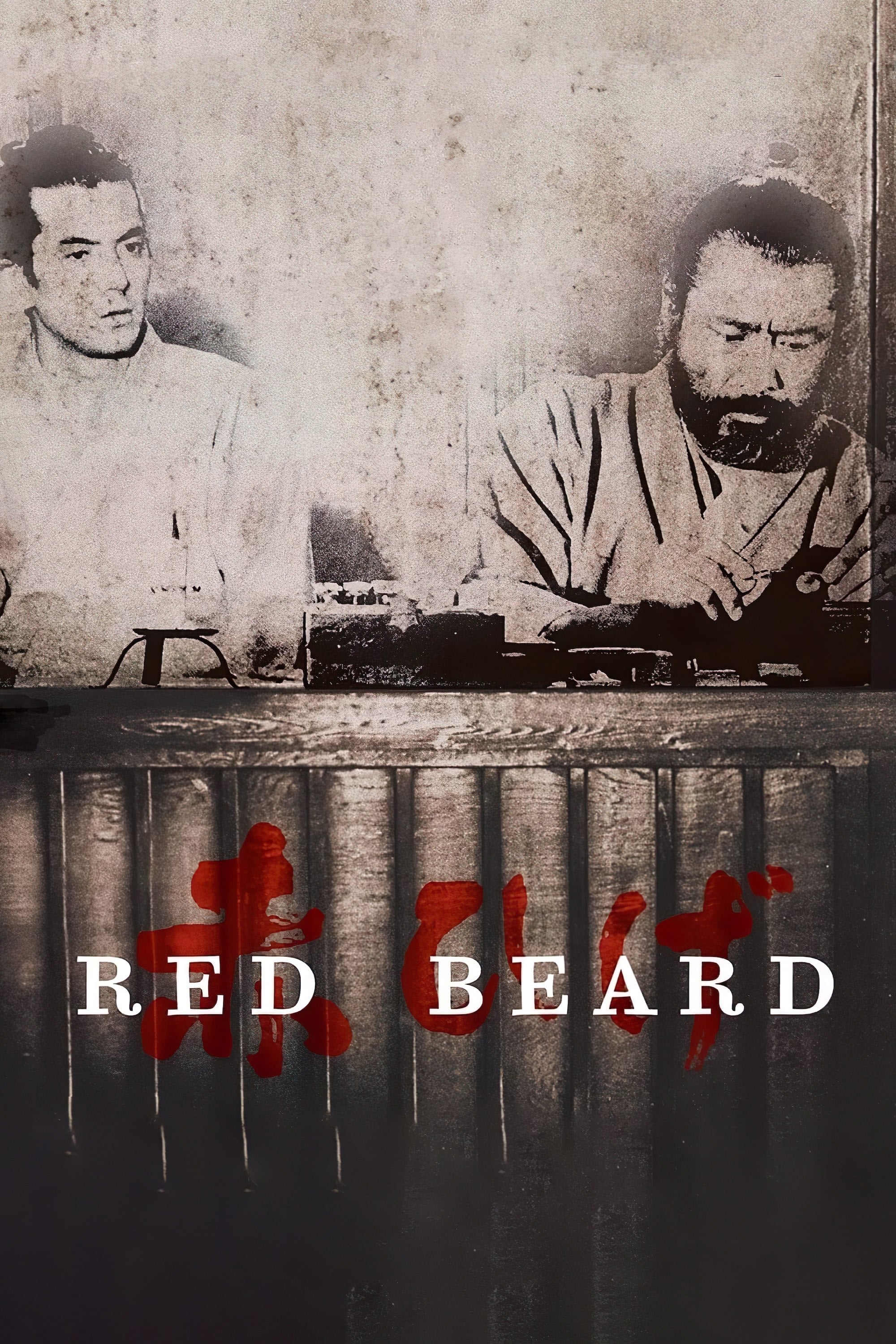 TOHO
TOHOAkira Kurosawa sets a rural clinic as the main location where a senior doctor mentors a young apprentice through a series of patient cases. The film uses detailed medical procedures, from setting bones to treating infections, and it shows how record keeping and observation inform each diagnosis.
The production built a full clinic complex with functioning wells and kitchens, allowing scenes to flow through courtyards and rooms without cuts. Kurosawa’s team spent months rehearsing and adjusting layouts, and the movie marks the final collaboration with actor Toshiro Mifune, whose beard and posture reflect the character’s long service.
‘The Man Who Wasn’t There’ (2001)
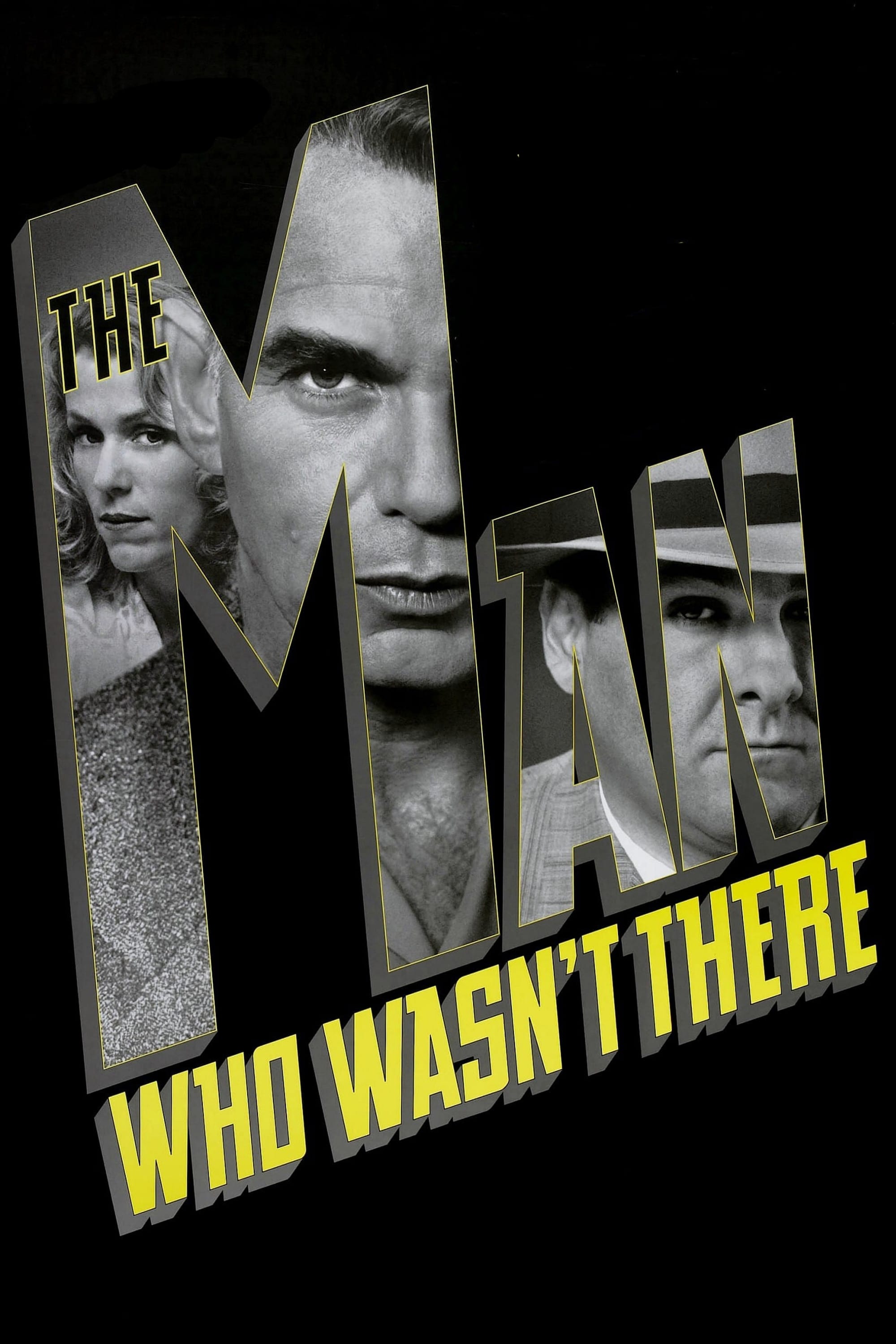 USA Films
USA FilmsThe Coen brothers shoot in black and white to follow a quiet barber who becomes involved in a crime that spirals through small town courts and jails. The plot includes typed statements, depositions, and sales pitches for a dry cleaning venture, and it traces how chance meetings push the story forward.
The production used color negative then timed to monochrome for a precise grayscale, working with cinematographer Roger Deakins to shape contrast and texture. Period cars, signage, and appliances root the setting, while the sound design keeps electric hums and fan noise audible to reflect the era’s machinery.
‘The Duellists’ (1977)
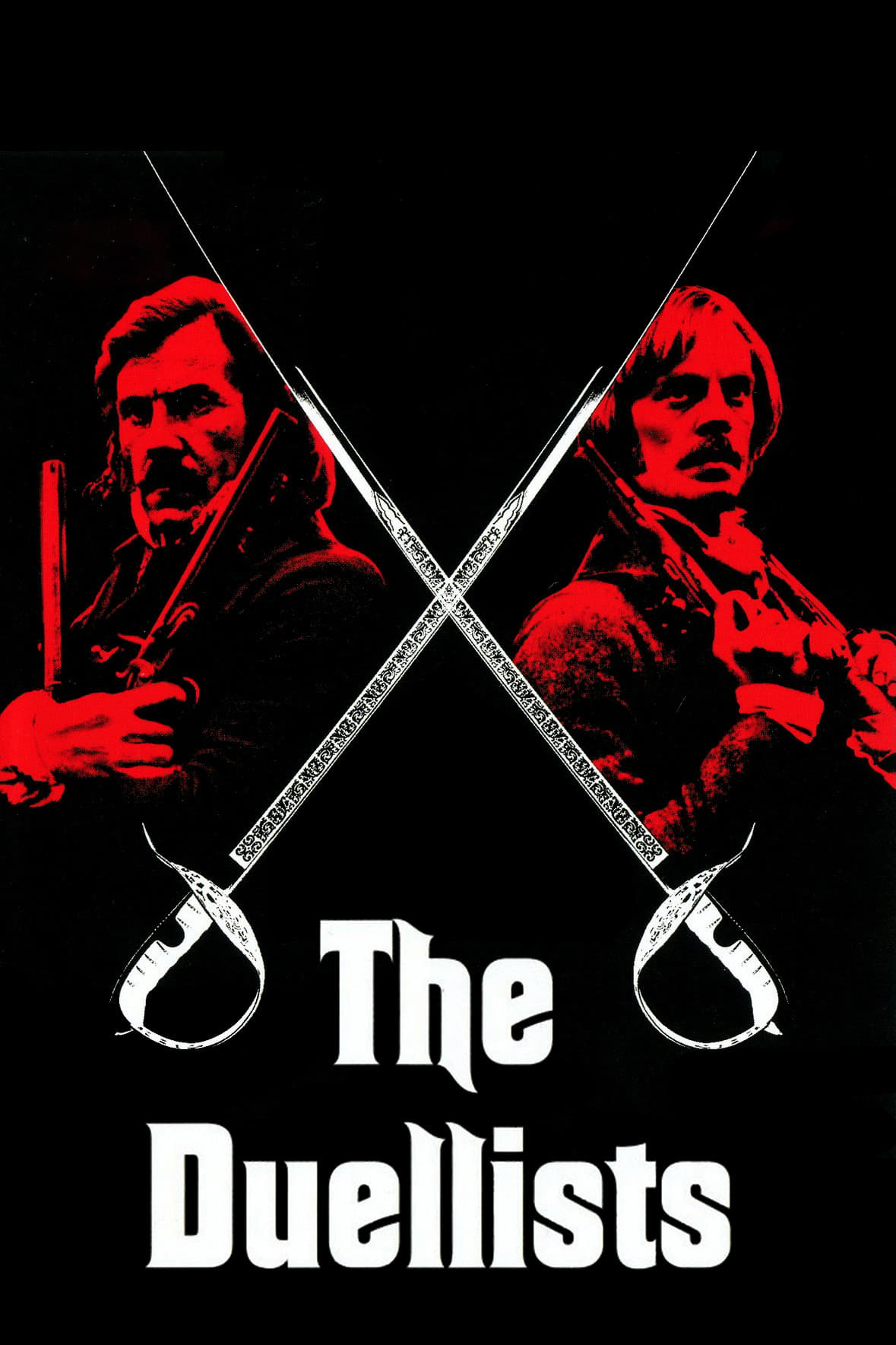 Paramount Pictures
Paramount PicturesRidley Scott adapts a Joseph Conrad story about two French officers whose duel stretches over years as they meet during campaigns and peacetime. The film stages saber and cavalry encounters with attention to footwork, stances, and etiquette, and it cuts between battlefield orders and personal grudges.
The production filmed in European locations that provided Napoleonic architecture and countryside, using natural light from windows and candles. Costume departments replicated uniforms with accurate braids and buttons, and the movie’s early success at Cannes helped launch Scott’s feature career by highlighting his control over period detail.
‘Amistad’ (1997)
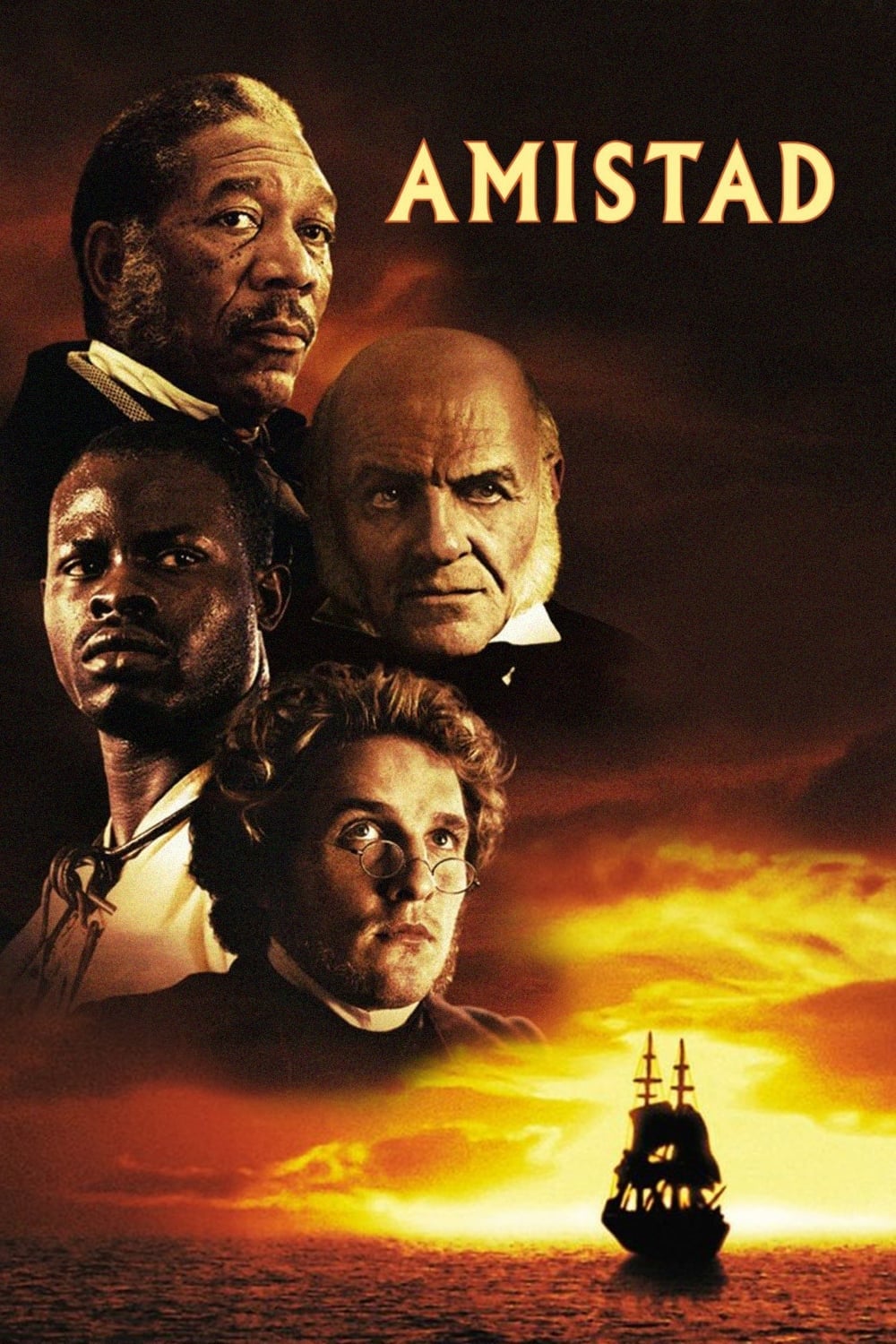 DreamWorks Pictures
DreamWorks PicturesSteven Spielberg dramatizes the legal battle that followed a revolt on the Spanish ship La Amistad, focusing on translation issues, property claims, and international treaties. Court scenes lay out arguments through exhibits and testimony, and they clarify how jurisdiction and diplomacy shaped the case.
The production recreated ships and courtrooms with historically informed layouts, giving the camera room to move during examinations and cross examinations. The cast speaks multiple languages, and the script tracks interpreter roles to show how meaning passed between parties, while the score and costume design anchor the late 1830s setting.
‘Strange Days’ (1995)
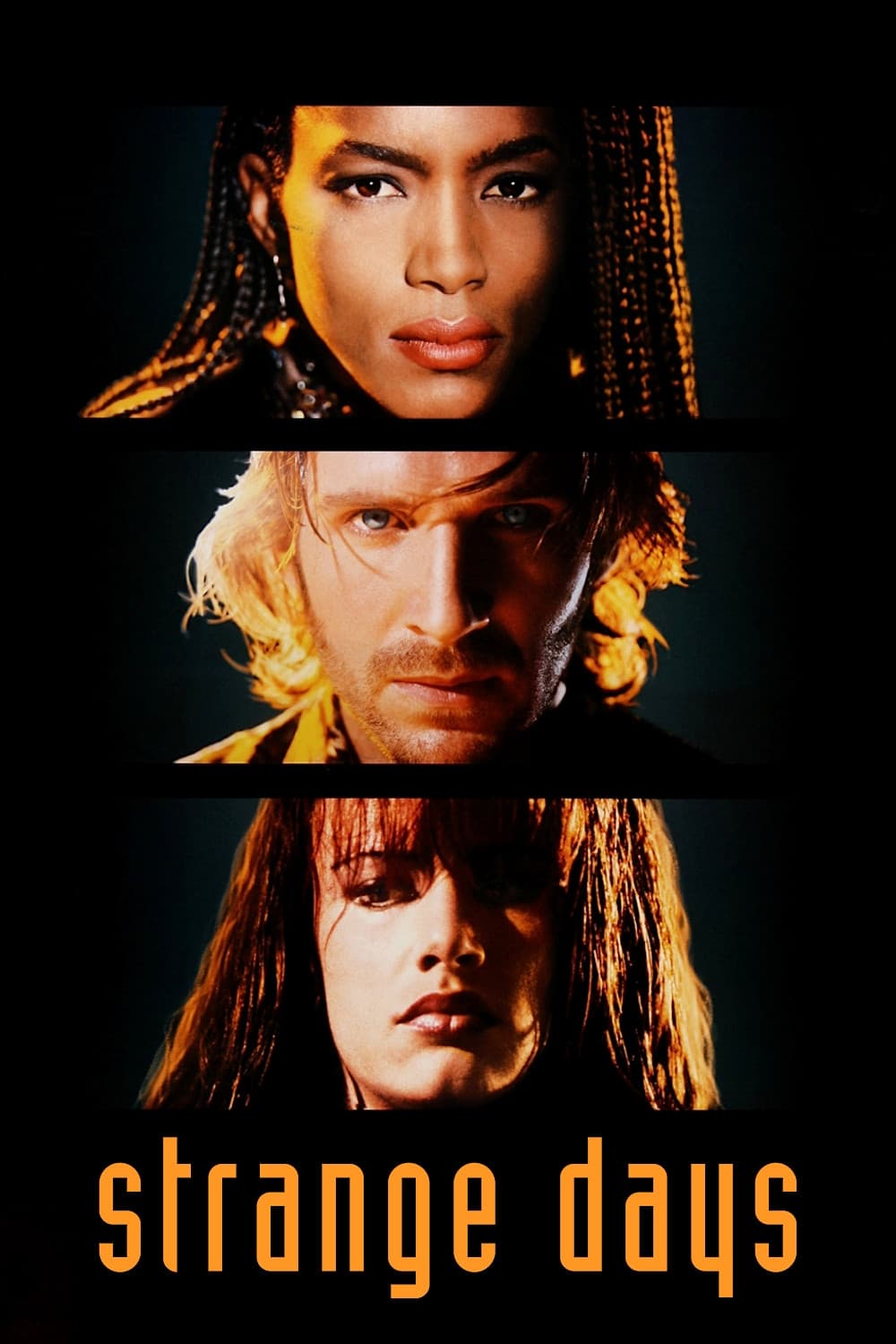 Lightstorm Entertainment
Lightstorm EntertainmentKathryn Bigelow sets the story in the final days of 1999, built around illegal recordings that let users experience other people’s memories. The movie presents the technology with point of view sequences that required custom camera rigs, and it uses those sequences to connect a street level crime to larger unrest.
The production shot staged New Year’s Eve crowds with large extras units, stunts, and mounted cameras, coordinating with city services to control blocks for night filming. The script incorporates music industry settings, police procedure, and black market sales, and the editing cuts between surveillance, playback, and live action to explain how the devices work.
‘The Iron Giant’ (1999)
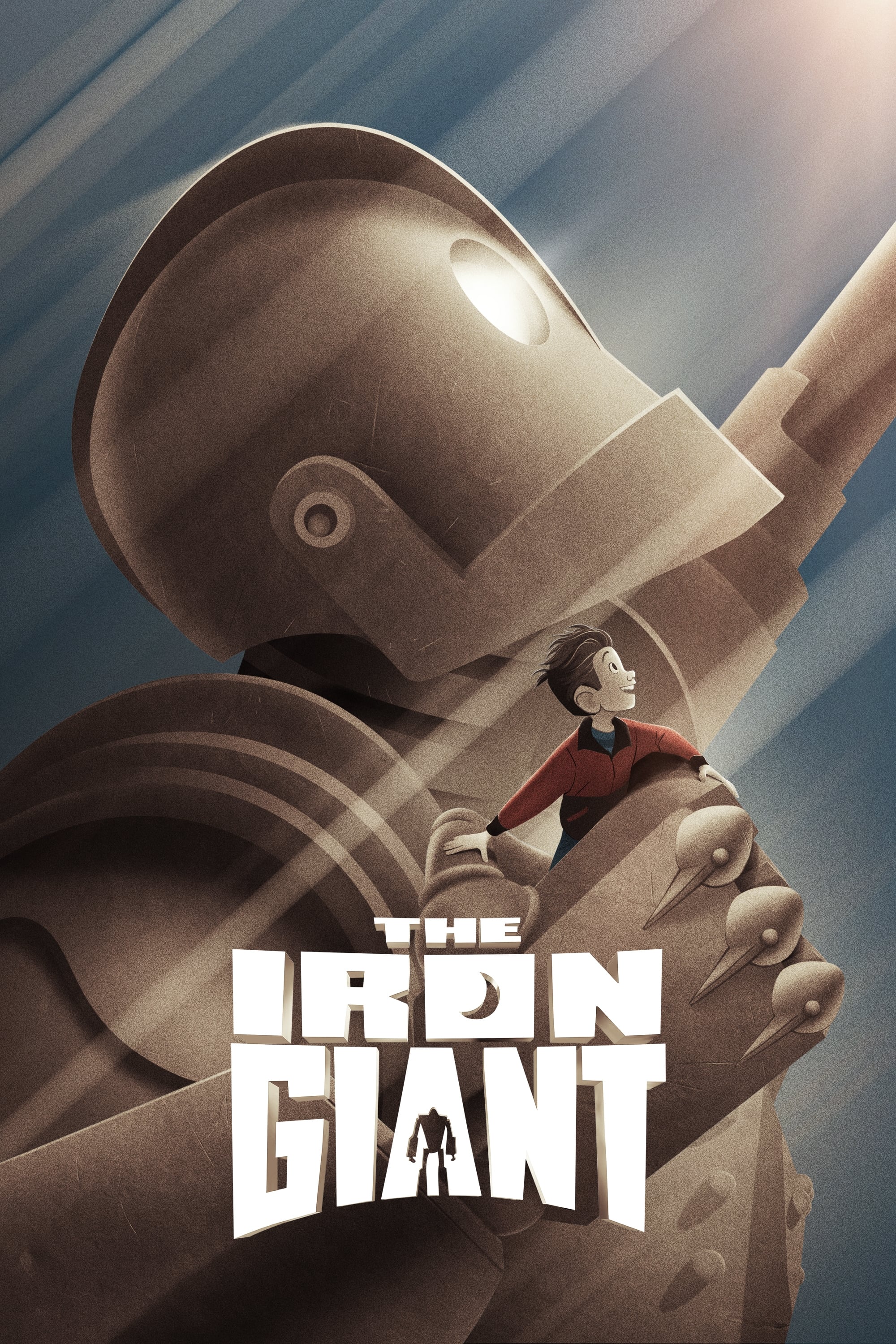 Warner Bros. Feature Animation
Warner Bros. Feature AnimationBrad Bird tells the story of a boy in a Maine town who discovers a giant robot and tries to keep it hidden from authorities during the late 1950s. The film blends hand drawn characters with a computer animated giant, aligning lighting and perspective so the robot sits naturally in frames with traditional animation.
The production used widescreen compositions to place the robot within forests, scrapyards, and coastal settings, and it timed effects like snow and sparks to match both animation styles. Marketing was modest at release, but the film built a long tail through home video and television, and it has been remastered for anniversary screenings with restored elements.
Share the one you think more people should see next in the comments.

.jpeg)
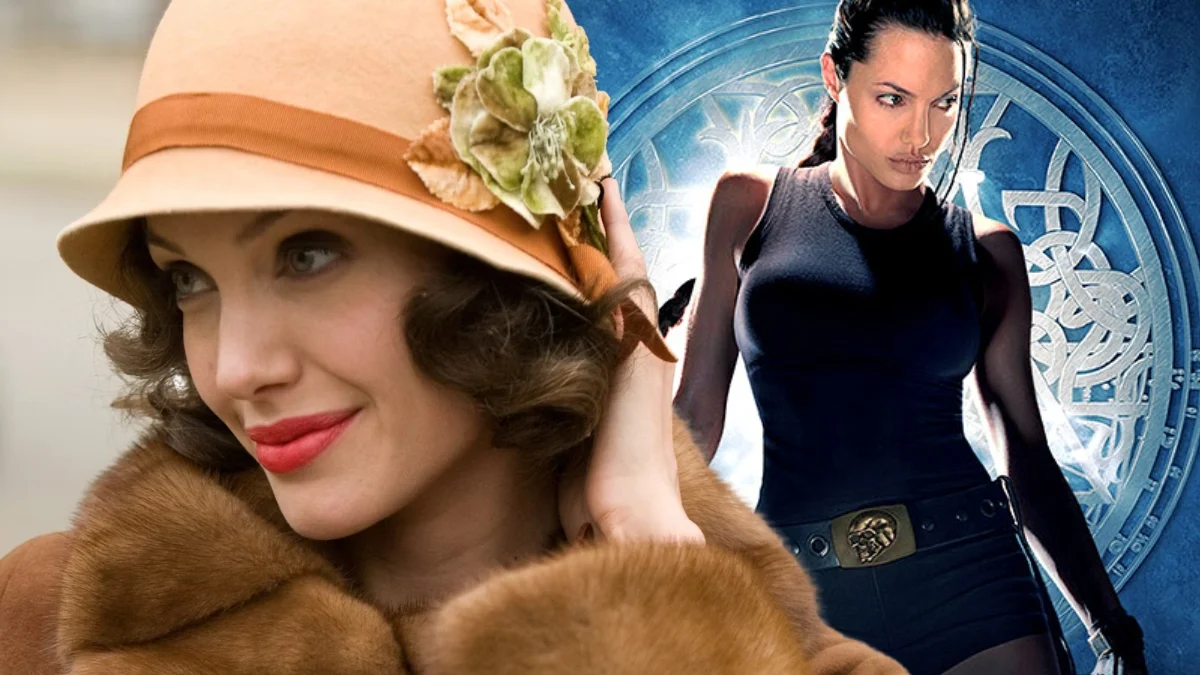
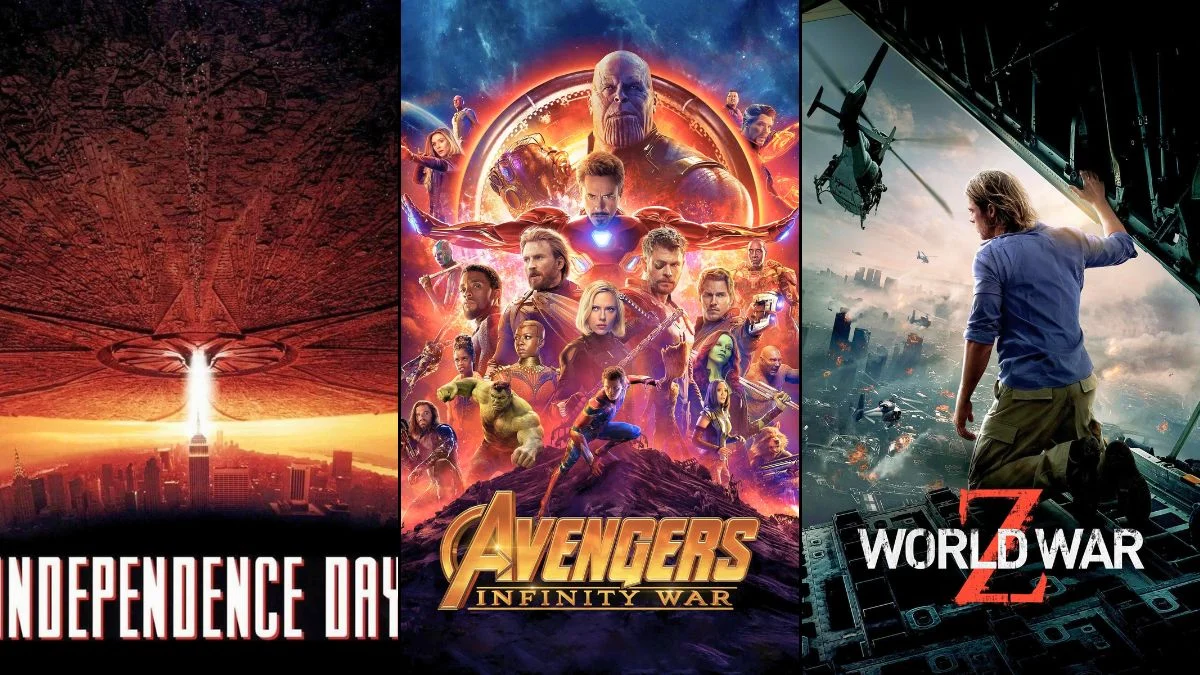



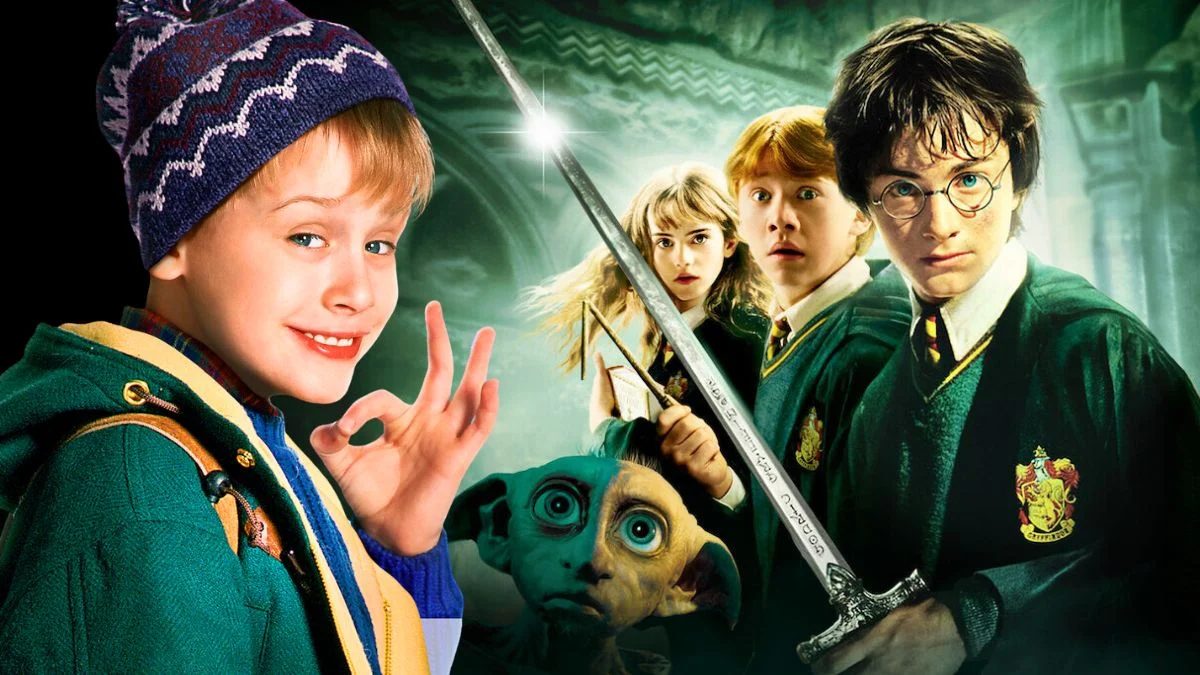
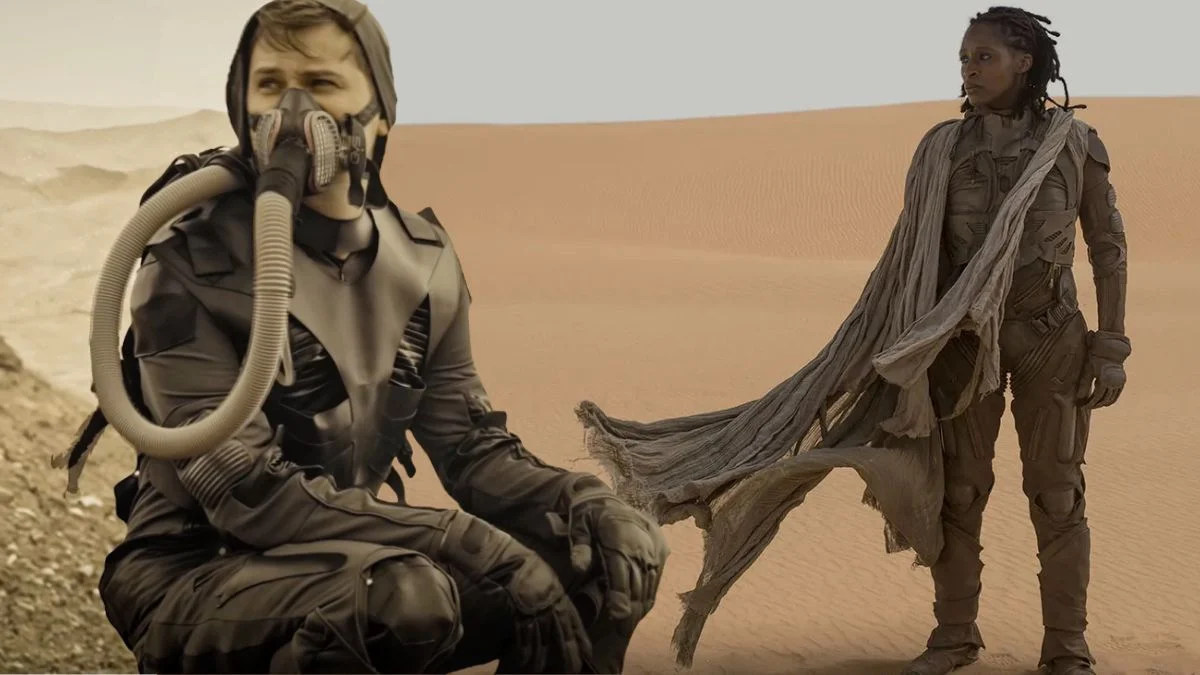
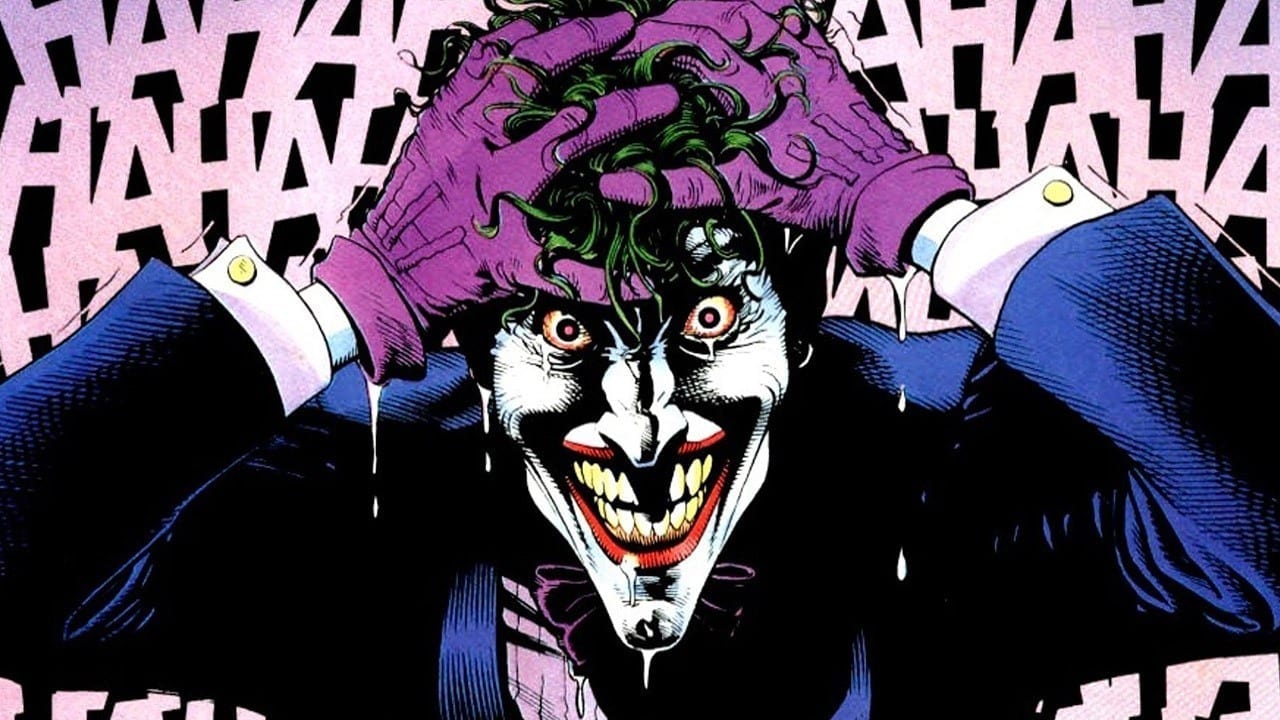
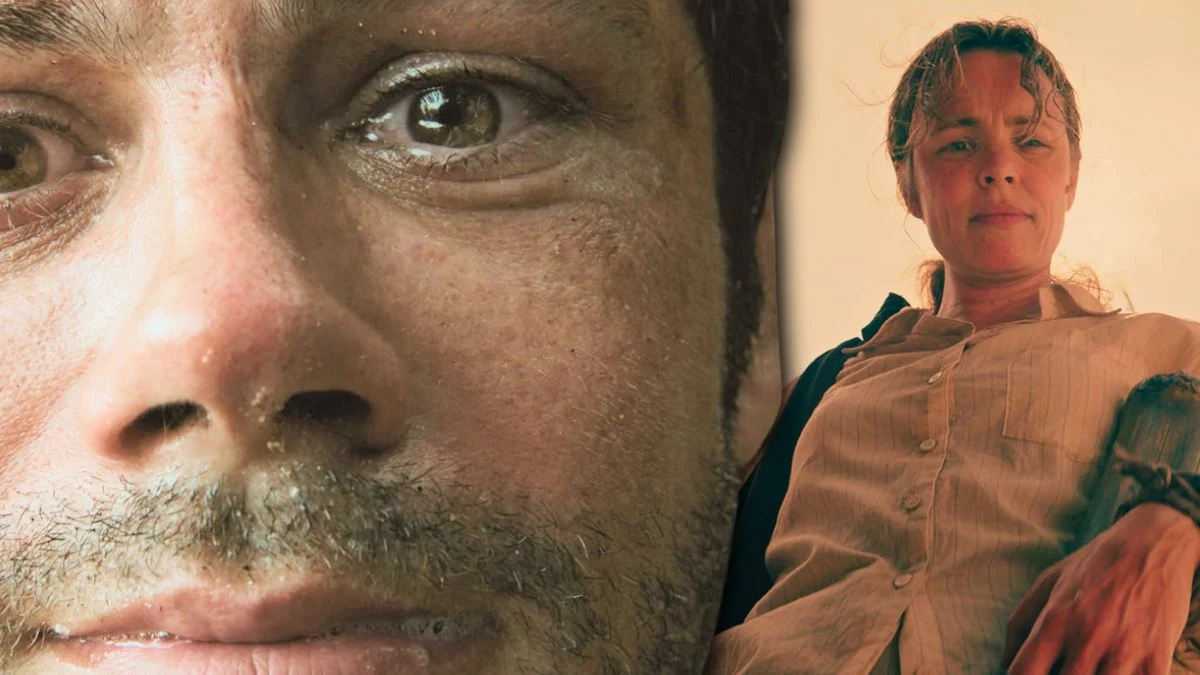

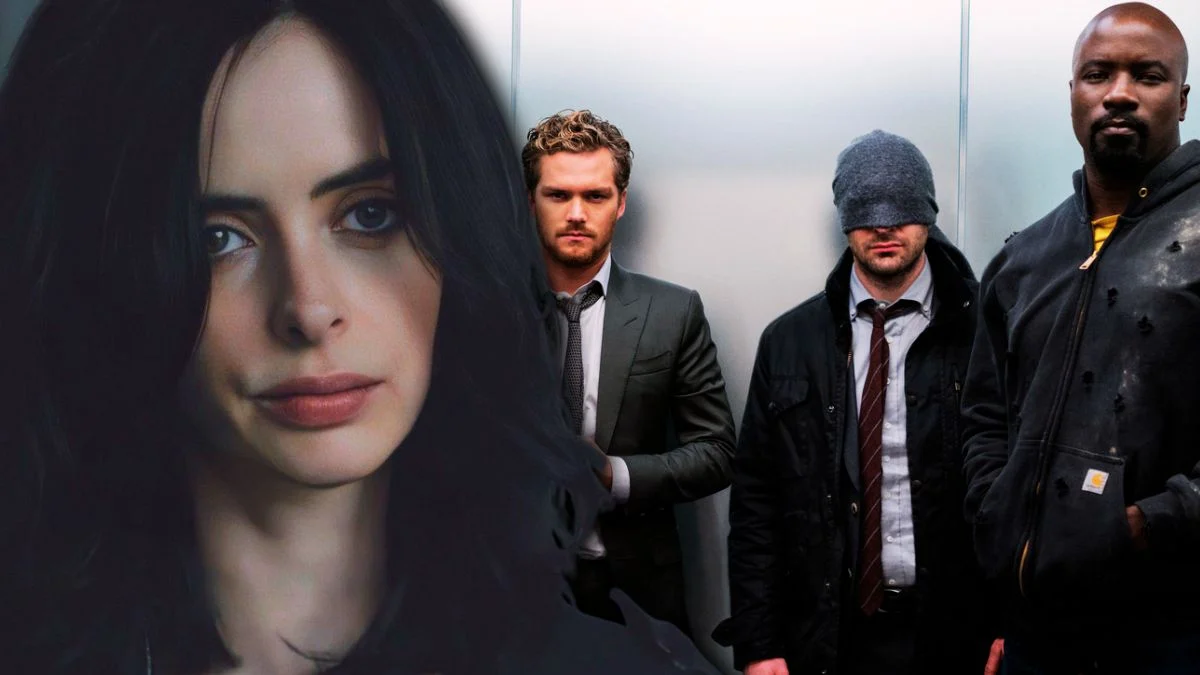

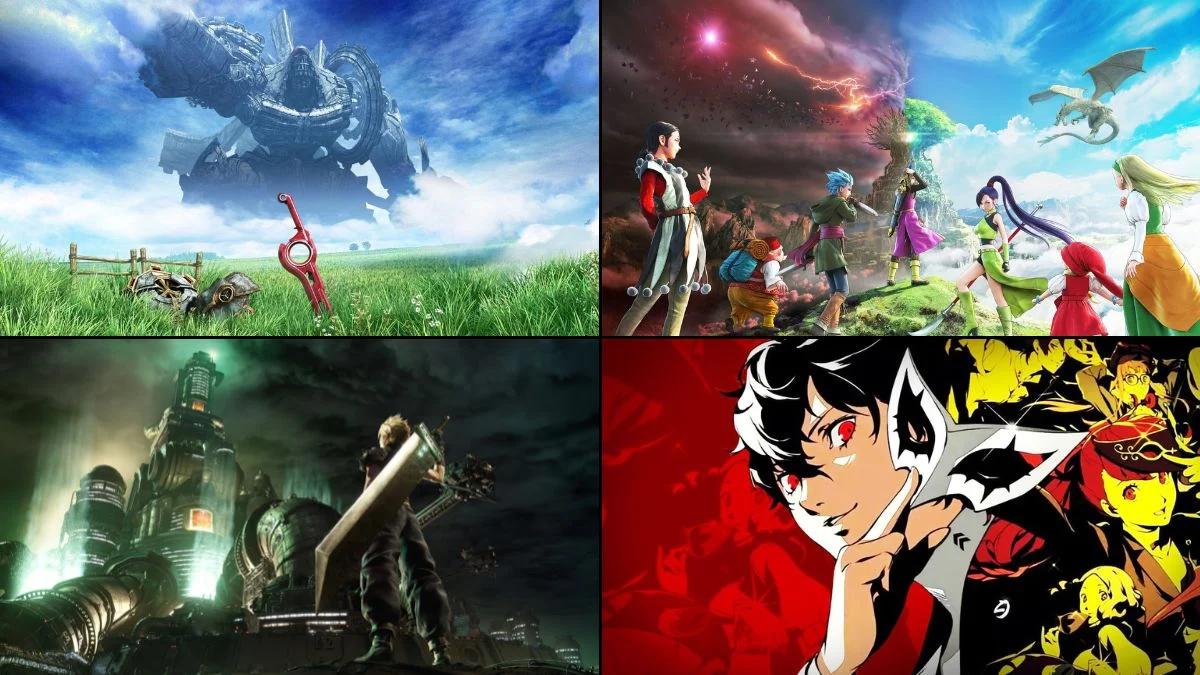



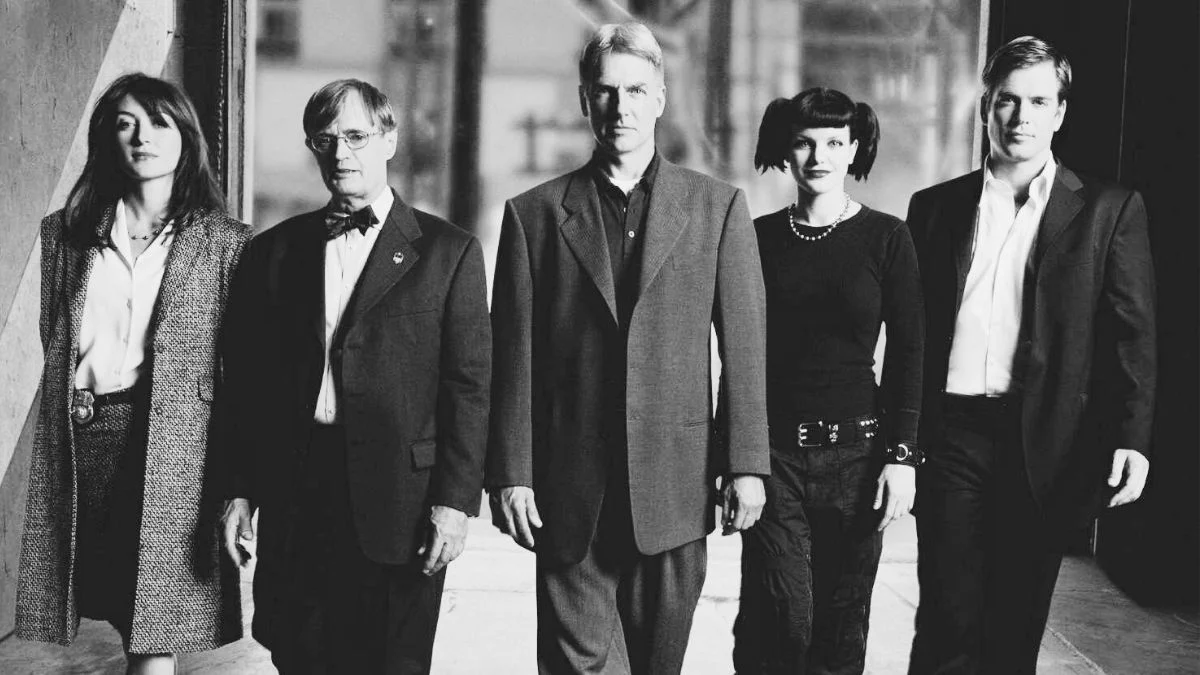
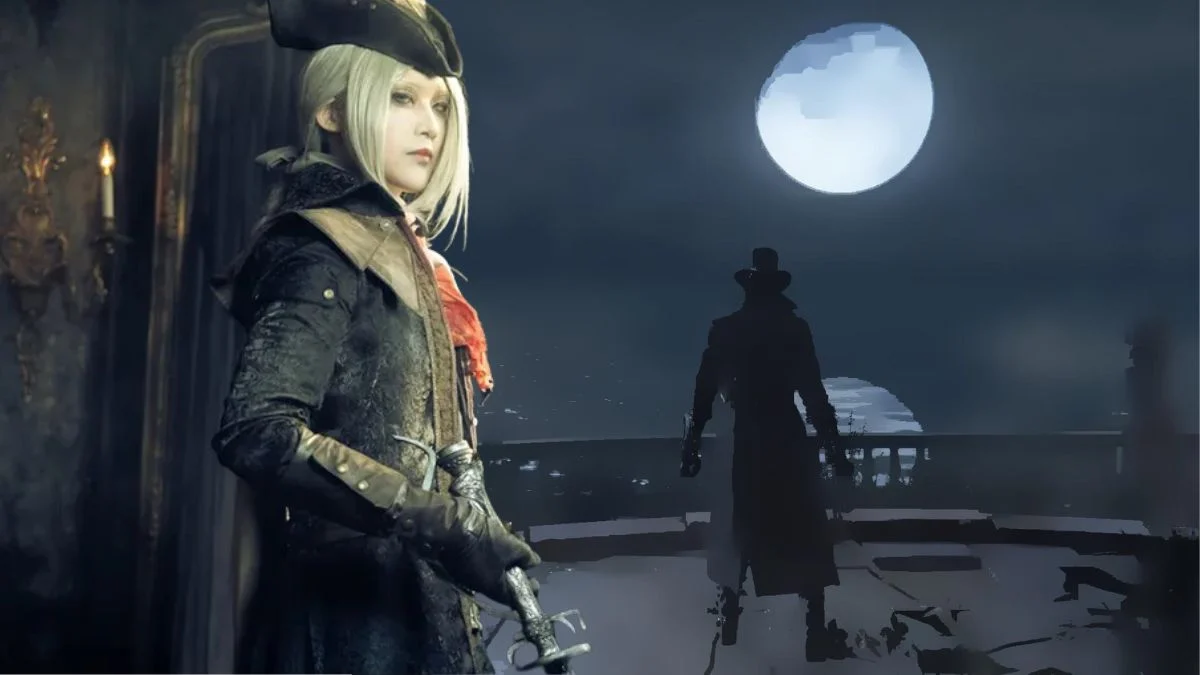




.jpeg)













 English (US) ·
English (US) ·